Making a Visit to the West Bank - a Few Dos and Don’ts
If you’re travelling to the Middle East, it may well be an aim of yours to visit the West Bank, as well as Israel, to get an idea of how people live on both sides of the ‘fence’. Without getting into the ins and outs of the ongoing political situation, in general this is not too difficult a task (circumstances permitting) and - indeed - many tourists who do make the trip come back incredibly pleased they made the effort. Here we’ve compiled a little background information for you, along with some practical information and a few do’s and don’ts, which hopefully will make your trip ‘over the border’ as smooth as possible…
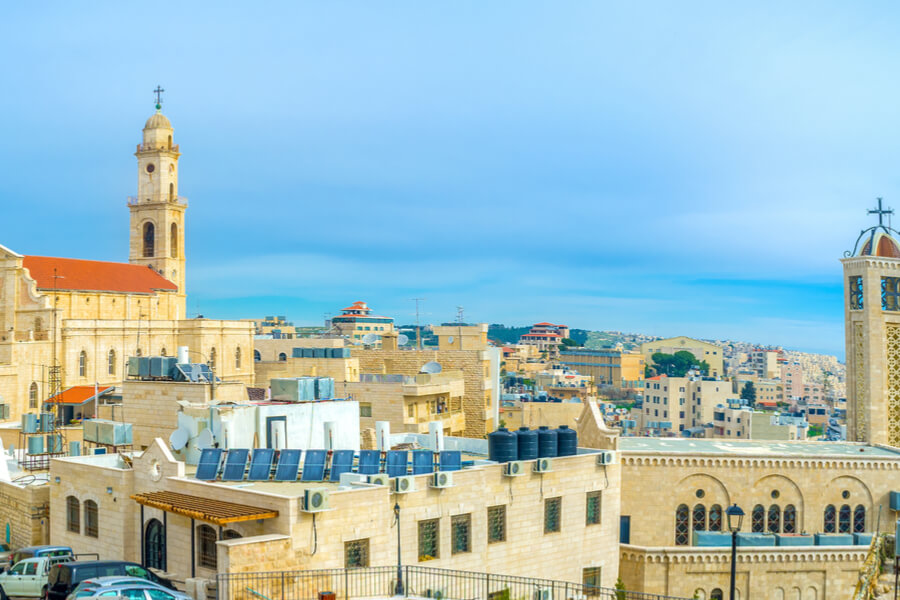
Rooftop view of Bethlehem. Photo credit: © Shutterstock
Geography
The West Bank (also referred to by some Israelis as Judea and Samaria) is a piece of landlocked territory situated east of Jerusalem north of the Dead Sea and west of the state of Jordan. The area’s population is predominantly Palestinian but there are ‘pockets’ of military and civilian settlements throughout the territory, as well as a substantial Jewish presence in the city of Hebron.The West Bank is the larger part of the semi-autonomous Palestinian Authorities (PA), with the smaller being the Gaza Strip. Depending on which part of the West Bank you are visiting, you will be under the jurisdiction of Israel, the PA or even both. Under Israeli administration since the Six-Day War in 1976, the status of the territory is hotly disputed and its future status is entirely unknown. Attempts to resolve this question, involving summits between Israel and the PA have been held more than once, but with no fruitful outcome.
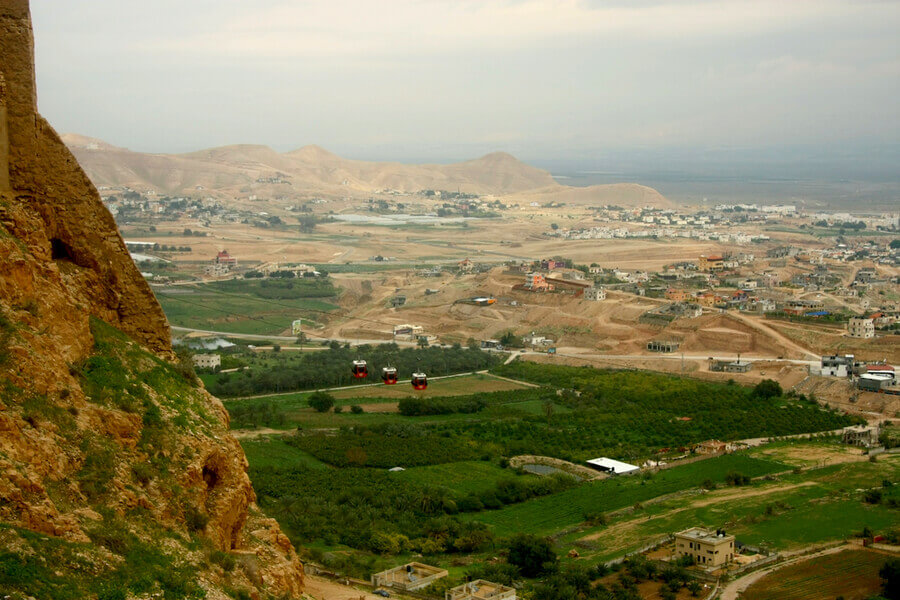
The Jericho cable car over the Jordan valley. Photo credit: © Shutterstock
Approximately two million Palestinians live in the West Bank, as well as around 475,000 Israeli settlers, residing in around 200 official and unofficial settlements dotted around the terrain. The climate is temperate and precipitation varies with altitude but, much like its neighbour Israel, summers are warm to very hot and winters are usually cool to mild.
The land itself is extremely hilly and mountainous with heavy vegetation common and covers 5,700 kilometres. The soil is ideal for olive groves, olives being a major agricultural crop. Grapes, almonds and other deciduous trees flourish here too. Many farmers own sheep and goat herds; farming is an important part of cultural identity in Palestine.
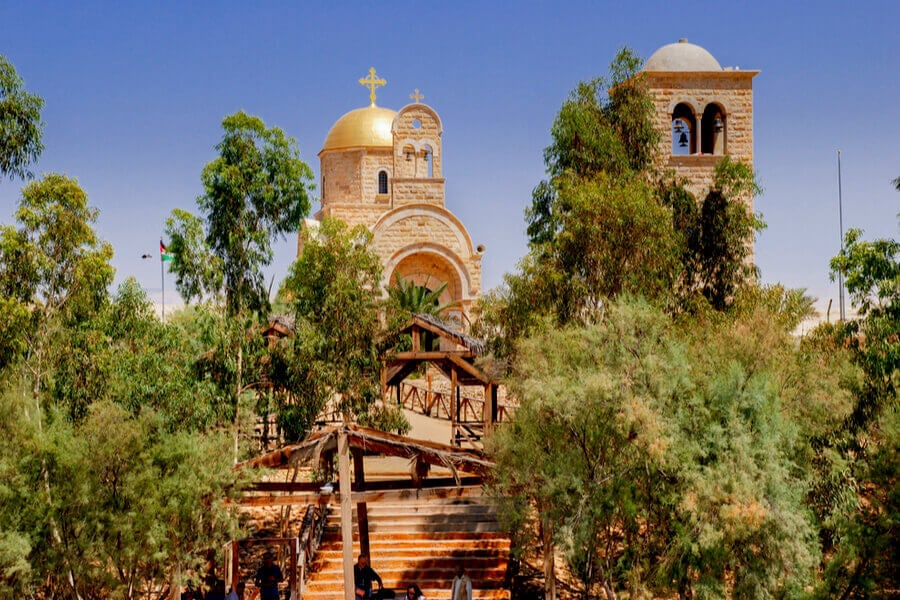
Qasr al Yahud baptismal site on the Jordan River. Photo credit: © Shutterstock
Historical Background
Between 1948-1967 (from the War of Independence to the Six-Day War) the West Bank was occupied by Jordan. After 1967, Israel gained control of the territory and has maintained control of the area until now. Under the DOP ((Declaration of Principles on Interim Self-Government Arrangements, 1993), however, Israel agreed to transfer certain powers and responsibilities over to the Palestinian Authority, including the Palestinian Legislative Council.
This agreement provided that Israel would retain responsibility during a transitional period for foreign and domestic security and public order of settlements and Israeli citizens. Direct negotiations to determine the permanent status of Gaza and West Bank began in the Fall of 1999, after a three-year hiatus, but were derailed by the Second Intifada, which broke out in late September 2000.
In terms of politics, Fatah (which is a secular Palestinian party and supports negotiations leading towards an eventual Two-State Solution) is the dominant party in the West Bank whilst Hamas (an Islamic party, advocates armed resistance to Israel) dominates the political landscape in the Gaza strip. The Yesha Council, acting with the authority of Israel is responsible for the control and management of settlements within the West Bank.
The state of play between Israeli and the Palestinian Authority has been relatively calm for the past few years until May 2021. The situation has stabilized after Israel and Hamas agreed to a cease-fire. Relations between Israel and Jordan have been good for more than two decades now, which has resulted in open borders (allowing for Jordanians to work in Eilat and for both Israelis and foreign tourists to take organized tours to Petra.
Nativity Church, Bethlehem. Photo credit: © Shutterstock
Visiting the West Bank
Before you set off on your Bethlehem or Jericho tour, think about the complicated situation in which these two peoples find themselves. Rather than taking an entrenched position, maybe try and exercise some objectivity and play devil’s advocate. Politics is politics and real people are real people - with complex emotions. We’d recommend watching the very moving film Waiting for Giraffes directed by the enthusiastic veterinarian, Sami Khader. Set in a small zoo, in Qalqilya, it’s a story about a shared passion for animals and the idea that bringing some giraffes back to the zoo might be the first step in resolving this entrenched conflict. So, onto the dos and don'ts. Let’s reverse the order and start with what you shouldn’t do (or at least try to avoid) when travelling in the West Bank.
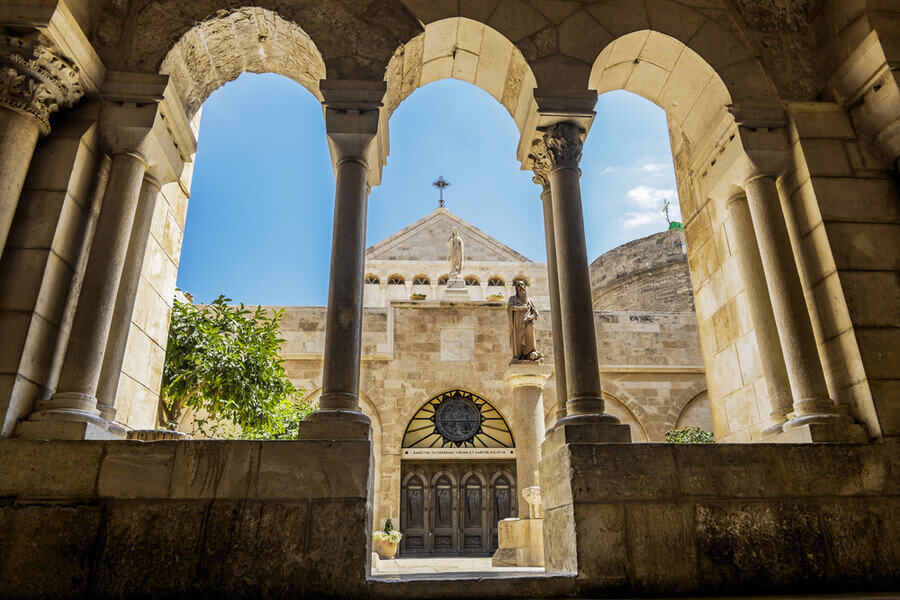
Nativity Church, Bethlehem. Photo credit: © Shutterstock
1. Don’t Attempt to Visit Independently
The bottom line is that getting into and out of the West Bank is difficult. By far and away the best way to visit is with an organized tour from Israel.Getting In:
There is no airport (ergo no flights) and no trains. Travelling across the various checkpoints via buses can be time-consuming and frustrating, particularly if the borders are temporarily closed If you do want to try and travel alone, then you can take a bus from the East Jerusalem bus station, across from the Damascus Gate. This will take you directly to Ramallah.
Something else to note is that Palestinian ID cardholders cannot travel to Israel or the PA through Ben Gurion Airport - they are required by law to fly into Amman, Jordan, then cross in via the Allenby Bridge, close to Jericho. So if for any reason, you are a foreign tourist but listed under the Israeli census as having or having had (i.e. by birth) a Palestinian ID, you run the risk of being sent home from Tel Aviv airport. Don’t chance it - fly into Amman!
Getting Out:
As mentioned above, delays often occur at checkpoints, especially if there has been recent violence or it’s the time of a major Jewish or Muslim holiday. If you’re travelling independently, it might even be quicker to cross the checkpoint on foot, rather than with a vehicle, then take a taxi to your destination.
If you are using the Allenby Bridge to exit Israel or the Palestinian territories, you must have a multi-entry visa for Jordan before coming to the crossing. You can apply for this visa beforehand at the Jordanian Embassy in Ramallah or Tel Aviv.
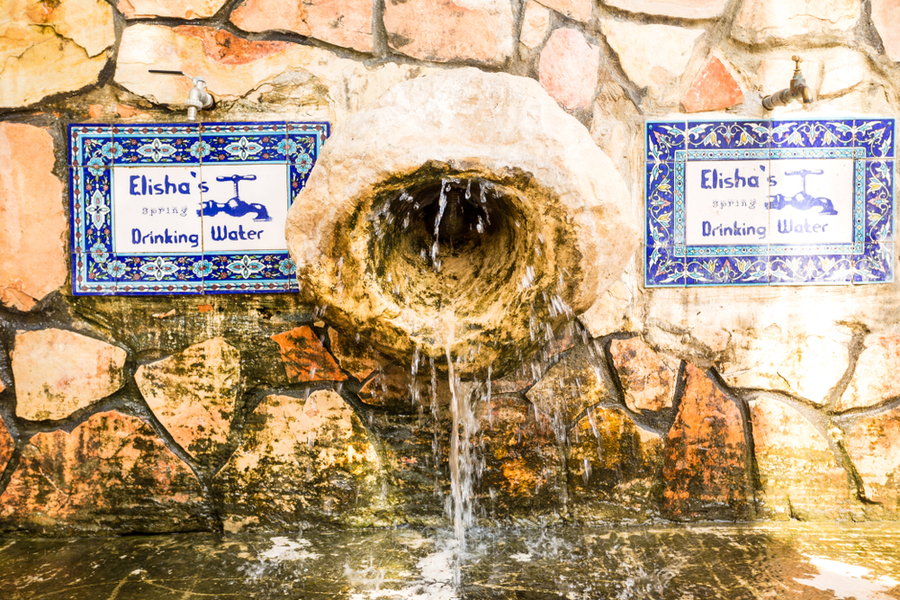
Elisha's Spring, Jericho. Photo credit: © Shutterstock
2. Don’t Try to Visit if Fighting Between Israeli and the Palestinians Happens to be Intense
The political situation here can be volatile and flare-ups can happen in the blink of an eye, so make sure to watch the news and keep yourself updated. If you are taking an organized tour, then your company will keep you advised but if you are traveling independently, vigilance is key.
3. Don’t Attempt to Travel Alone to the West Bank If You’re a Young Woman.
We advise the above, not because we want to promote inaccurate stereotypes about the Muslim world, rather because as a young, single woman, you are more likely to be targeted. After the Hindawi affair, in 1986, young women are under extra suspicion at Israeli borders, which means you could end up spending a few hours being interrogated by Israeli border control. Either travel with a group on an organised tour, perhaps to Bethlehem and Jericho or simply enjoy yourself somewhere else - maybe the beach in Tel Aviv!
When on a day tour in the West Bank, the general dress code for women is to be covered from the shoulders to below the knees. There is no need for you to wear a headscarf (unless you are entering a mosque or Muslim holy site, where you will need to be covered from head to toe save for your hands, face and feet). Not all women in the West Bank wear the hijab but be respectful - shorts and skimpy t-shirts are an absolute no!
Now we’re done with the don’ts, let’s go onto the fun part….the dos! The fact is that whether you’re fascinated by the Israeli-Palestinian conflict, a committed Christian, or simply a curious traveller, then Palestine is going to fuel your excitement. Why?
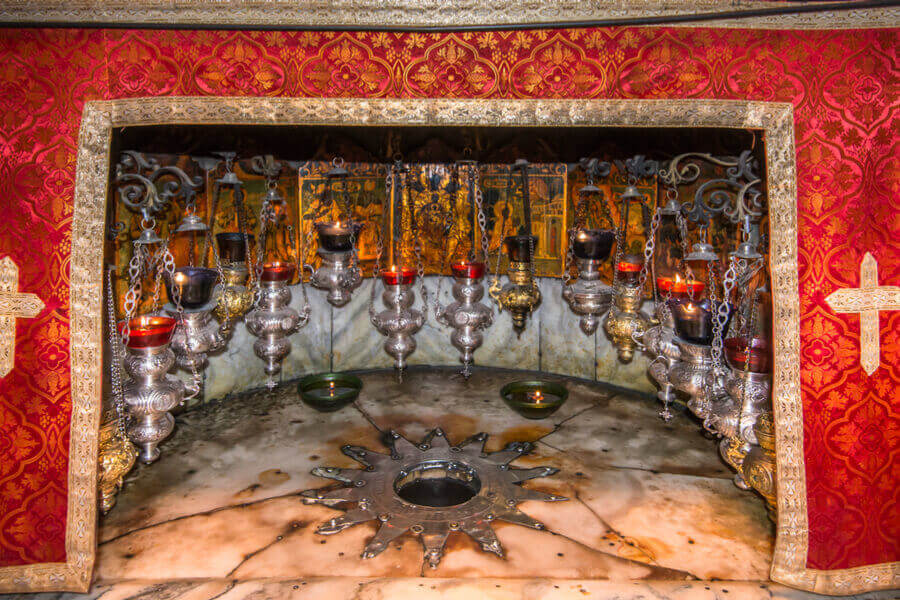
A silver star marks the site of the birth of Jesus, the Church of Nativity. Photo credit: © Shutterstock
4. Local Hospitality
Palestinians are warm and hospitable people and are more than happy to greet tourists. Don’t be surprised either if you’re invited for tea and baklava at a local’s house, not long after meeting them - it’s a great honour for them to welcome guests into their homes.
5. A Rich History and Culture
The West Bank is home to cities with strong biblical connections, particularly Jericho and Bethlehem. Whether you’re a Christian or just interested in history, you will want to visit the Church of Nativity, Church of St. Catherine, the Milk Grotto, Elisha’s Spring, Tel Jericho and the Mount of Temptation.
6. Beautiful Monasteries
Monasteries in the area are quite breathtaking. Try to see Mar Saba (15 km from Bethlehem on a day trip), Monastery of the Temptation (located in Jericho) and St George’s (in Wadi Qelt, very close to Jericho). All of these monasteries are best visited via private guided trips with guides who can really help you get the most out of your time there.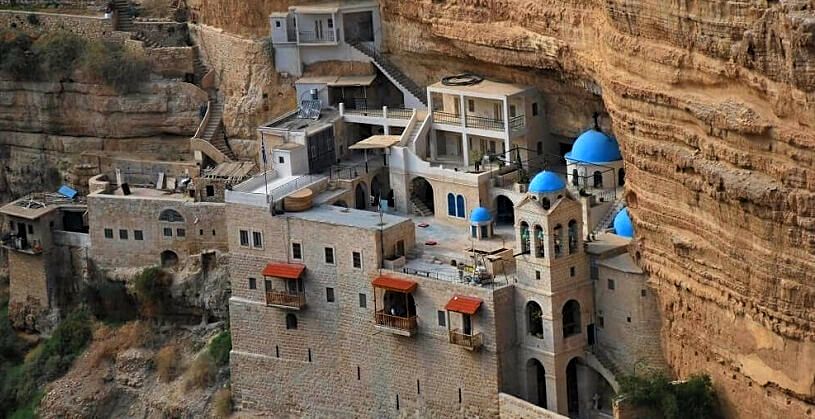
St. George's Monastery, Wadi Qelt. Photo credit: © Shutterstock
7. Qasr al Yahud on the Jordan River
Located outside of Jericho, Qasr al Yahud is the spot where Jesus was baptized by John and, although a smaller site than Yardenit in Galilee, thousands of pilgrims still come here to be baptized. Since it is in a remote part of the desert, why not visit it as part of a Jericho, Dead Sea and the Jordan River Tour?8. Fantastic Food
You’ll be spoilt for choice with the array of Mediterranean and Levantine cuisine on offer. Falafel, shawarma, hummus (a classic), baba ganoush, tabouli and kofta are all delicious savoury snacks and available on every street corner. The range of salads served with them will also have you salivating. Meat stews (made of lamb) are popular as entrees and ice creams are a perfect dessert. Don’t forget to try some sweet knafeh too - a Nablus speciality. This semolina based, sugar-soaked pastry, layered with cheese or nuts, is to die for!As for drinking, in Ramallah, alcohol is often available at restaurants, because the city has Christian history and, by West Bank standards, remains rather secular. Indeed, most Christian Palestinians who live in Ramallah drink alcohol, and there is an excellent microbrewery in Taybeh. However, it really isn’t appropriate to get drunk - it is frowned upon culturally and it is bad manners to boot. Behave well and think about the impression you want to leave behind.
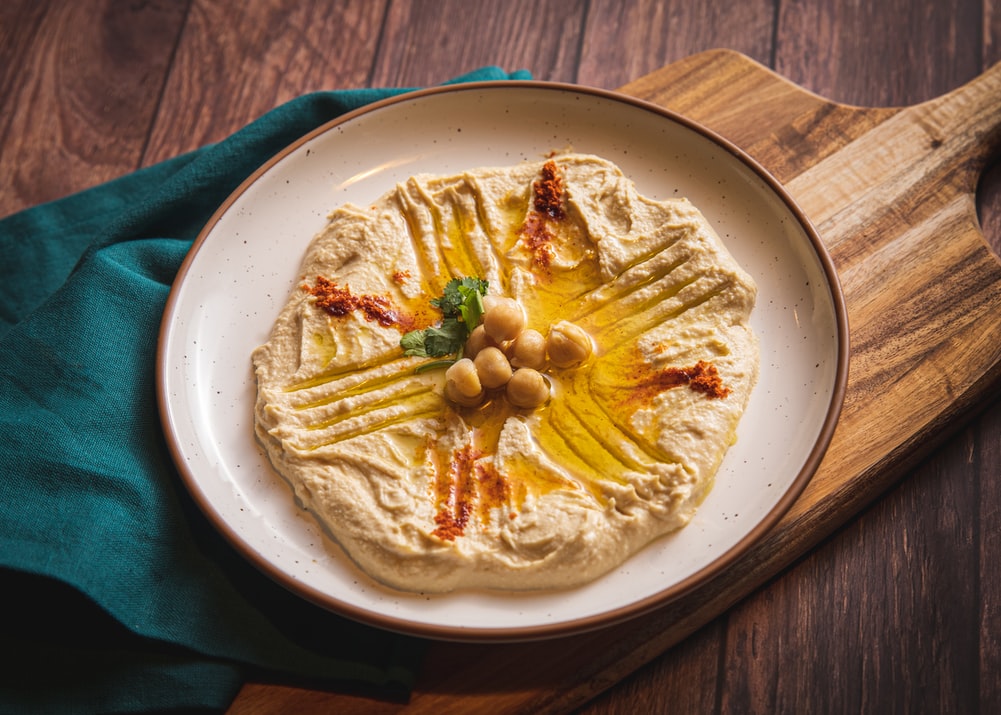
Hummus plate. Photo by Christopher Alvarenga on Unsplash
9. Arts and Crafts
Whether you want a souvenir for a friend or to treat yourself to something special, you won’t come away disappointed. Ceramics, jewellery, delicate and intricate embroidery (all carried out by hand, by talented female seamstresses) and olive wood carvings are all great buys.
So to sum up, we’d definitely say the West Bank is worth a visit - for history, archaeology, culture, food and people. Just play it safe and take guided Bethlehem tours or Jericho excursions from Israel. And in case you’re worried about a lack of objectivity, let us point out that we do use local tour guides! What are you waiting for?

Ceramics in Bethlehem. Photo credit: © Dmitry Mishin
 Login / Register
Login / Register
 Contact Us
Contact Us
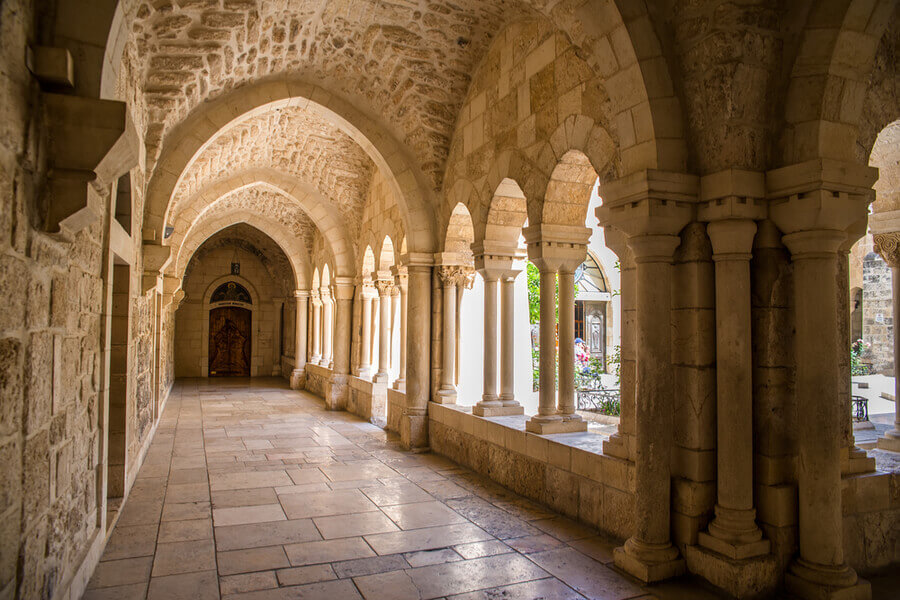
 Certificate of Excellence
Certificate of Excellence Guaranteed Departure
Guaranteed Departure Low Prices Guaranteed
Low Prices Guaranteed 24/7 Support
24/7 Support




